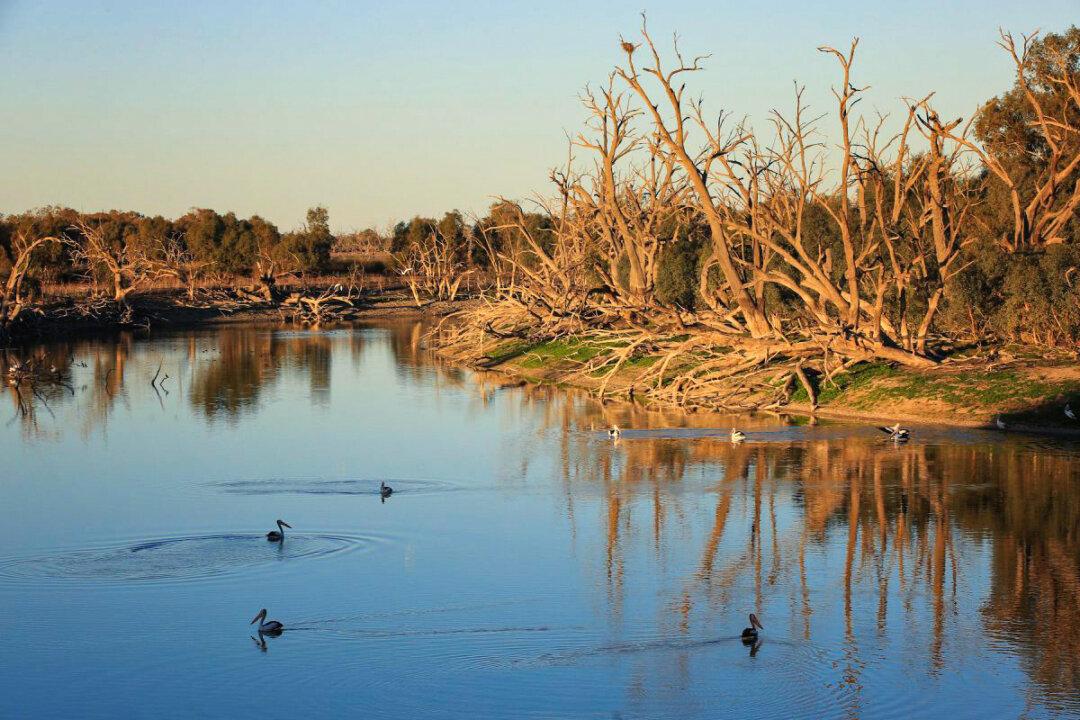Research led by the University of South Australia (UniSA) has found that the “indestructible” per-and poly-fluoroalkyl substances (PFAS) may actually be removed from water by native hydroponic plants and may serve as a strategy to remediate PFAS water.
“PFASs are often referred to as ‘forever chemicals’ because they don’t break down, instead of accumulating in the environment and in our bodies where they can cause adverse health effects,” said Dr John Awad, a researcher for UniSA and the Commonwealth Scientific and Industrial Research Organisation (CSIRO)





